The Meaning Behind Each Tulip Color
Learn more about the meaning of tulip colors and ways to enjoy this beautiful flower.
Mar 10, 2022
You probably know about the language of love, but have you heard of the language of flowers? Because tulips bloom in the spring, they are commonly used to represent new life and warmth, but every color also carries its own significance and interesting superstitions.
Learn more about tulip color meaning so the next time you give someone one of these wonderfully colored flowers, you'll be sure you're conveying exactly the message you're intending.
Red tulips

Red tulips are a favorite among the romantic type. Their deep red hues evoke feelings of passion, love, and lust — making them an especially popular choice for new, younger couples. They can also mean “believe me” or “my feelings are true.” So, the next time you’re trying to woo the person you admire, send them an alluring bouquet of red tulips.
Orange tulips
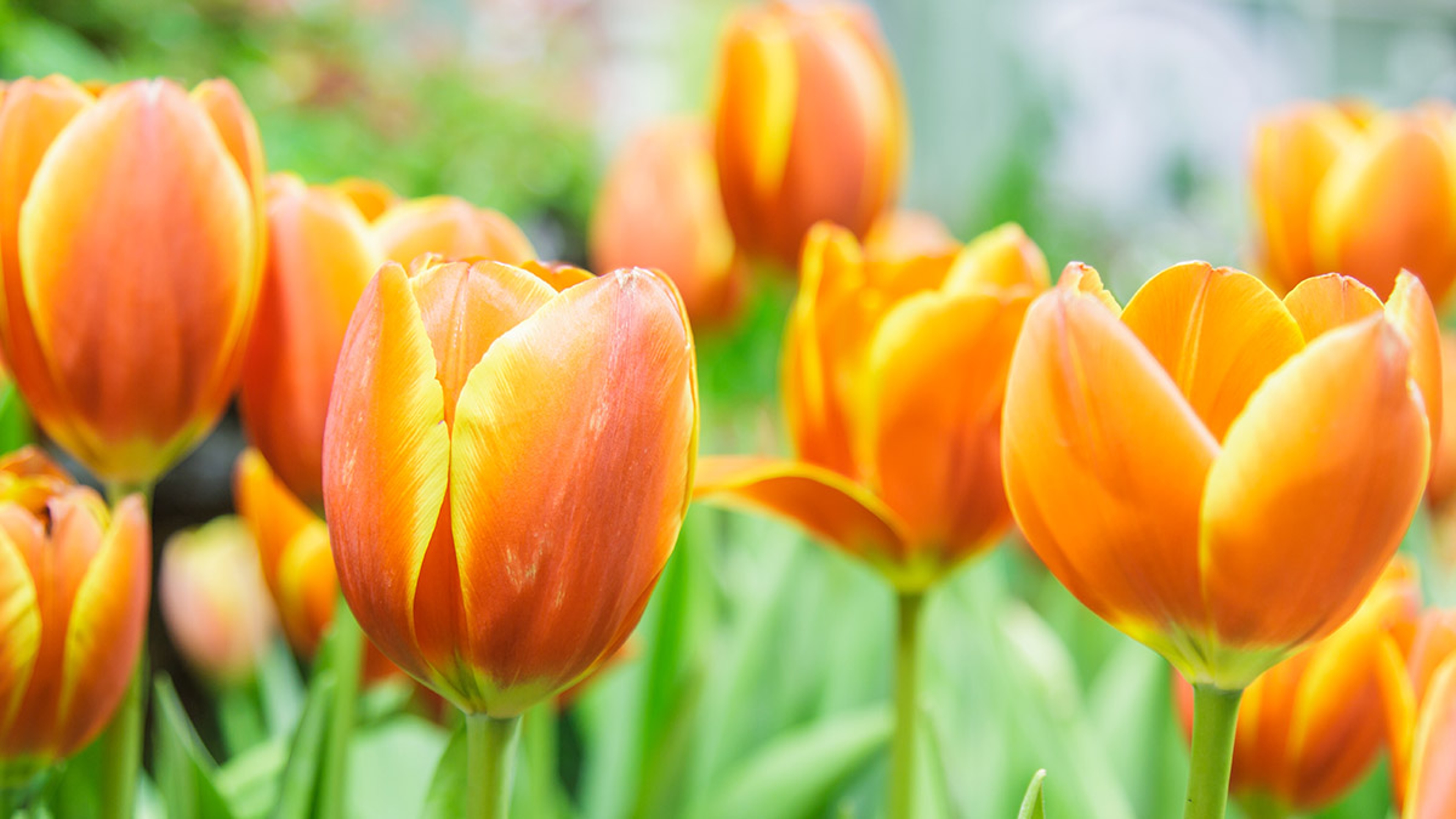
Orange tulips are used to convey a sense of understanding and appreciation between two people, usually in a relationship. A bouquet of orange tulips can mean that you feel both physically and spiritually connected to someone.
Yellow tulips
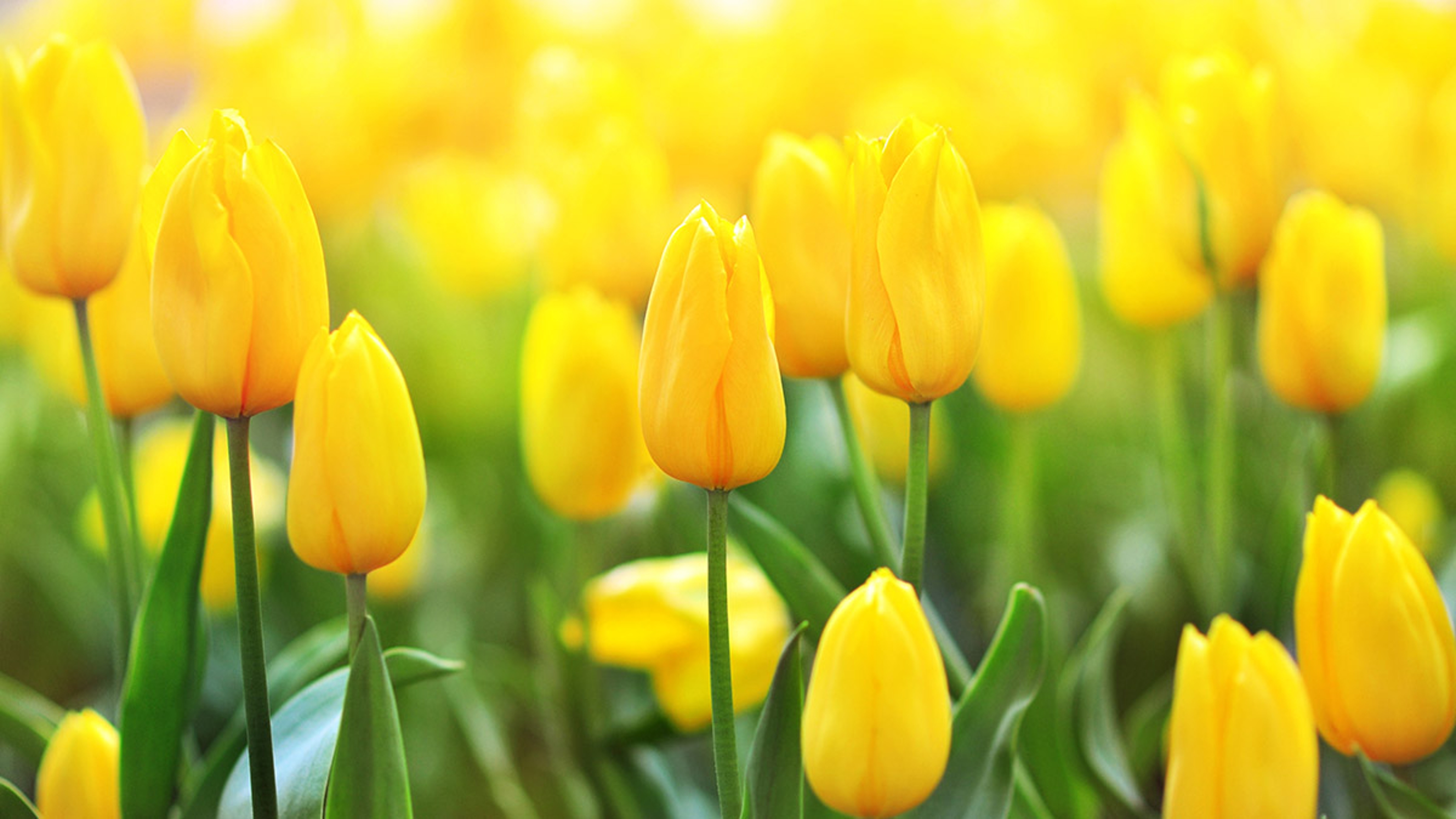
Years ago, yellow flowers were said to represent hopeless love and jealousy. But in recent years, the color has been associated with much brighter meanings. Yellow tulips now represent happiness, cheerfulness, and hope. Victorians even believed yellow tulips literally meant “There’s sunshine in your smile.” It’s for this reason that yellow tulips have become popular “just because” gifts, as they are sure to bring a smile to anyone’s face. And if you’re looking to add a bit of luck to your home, it’s believed that planting yellow tulips in your front yard will bring good luck and prosperity.
Purple tulips
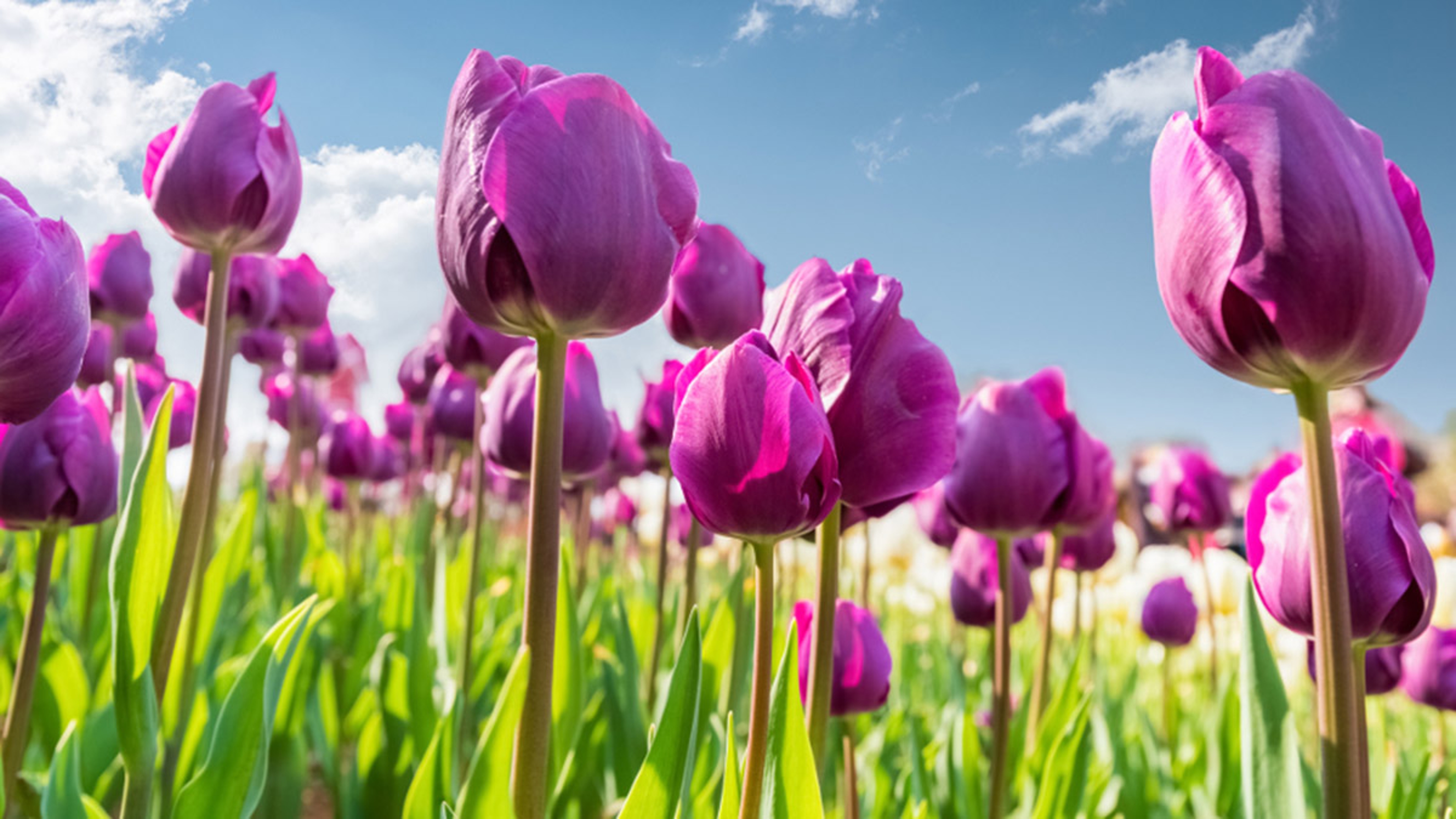
Because purple dye was originally wildly expensive and revered, only the very wealthy could afford to wear fabrics made from that color. In fact, in the 1500s, Queen Elizabeth I actually forbade everyone except members of the royal family from wearing purple. Though purple is now a beloved and popular color, it remains a symbol of royalty and elegance.
White tulips
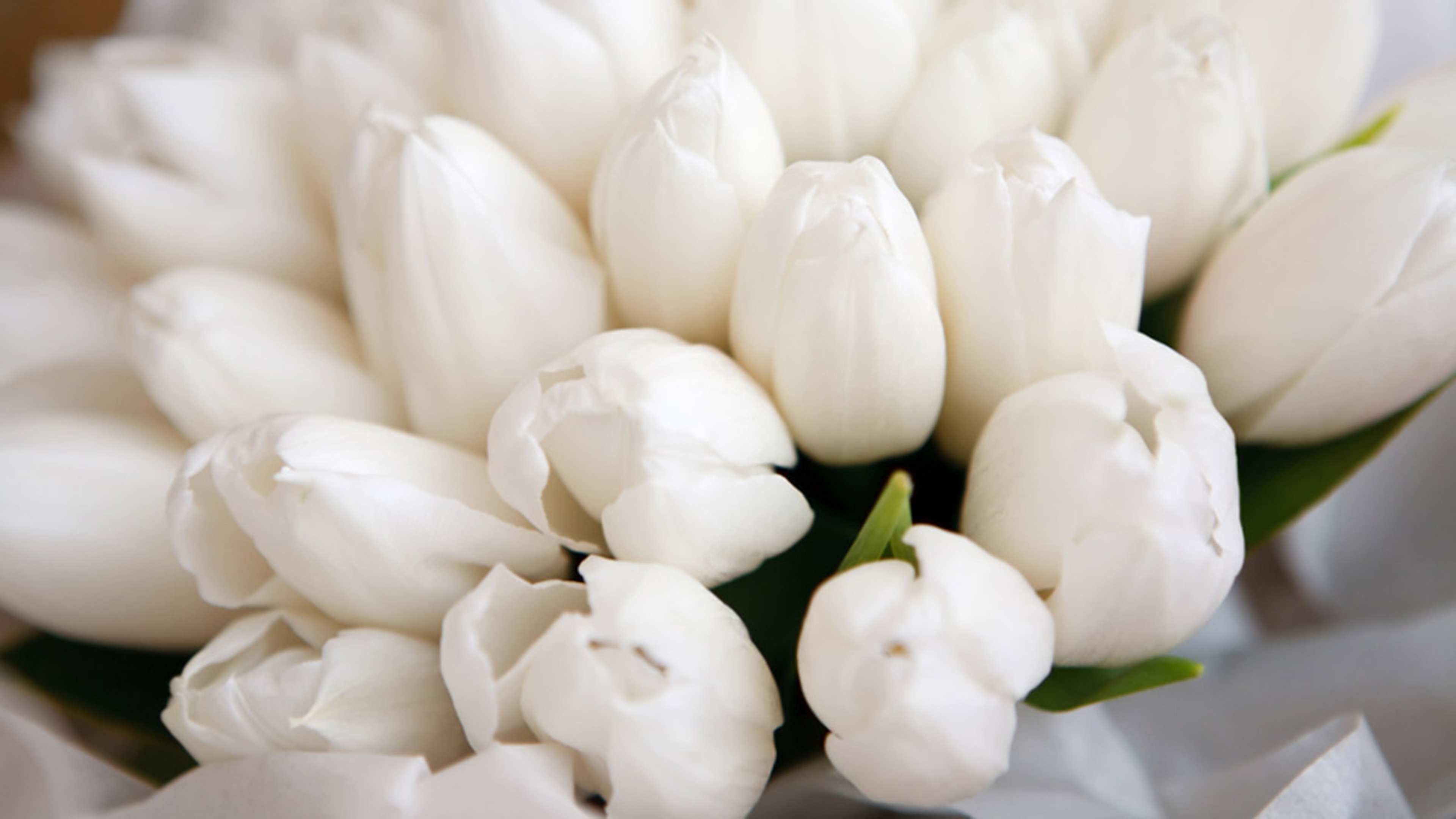
White tulips are a great way to say “I’m sorry” or “My condolences” and are a popular flower for funeral services. They also represent purity, honor, and holiness, making them a beloved gift for someone celebrating a religious milestone, such as a communion, baptism, or bar mitzvah. Superstition also has it that those who dream about white tulips are about to experience a fresh start or new beginning in life.
Pink tulips
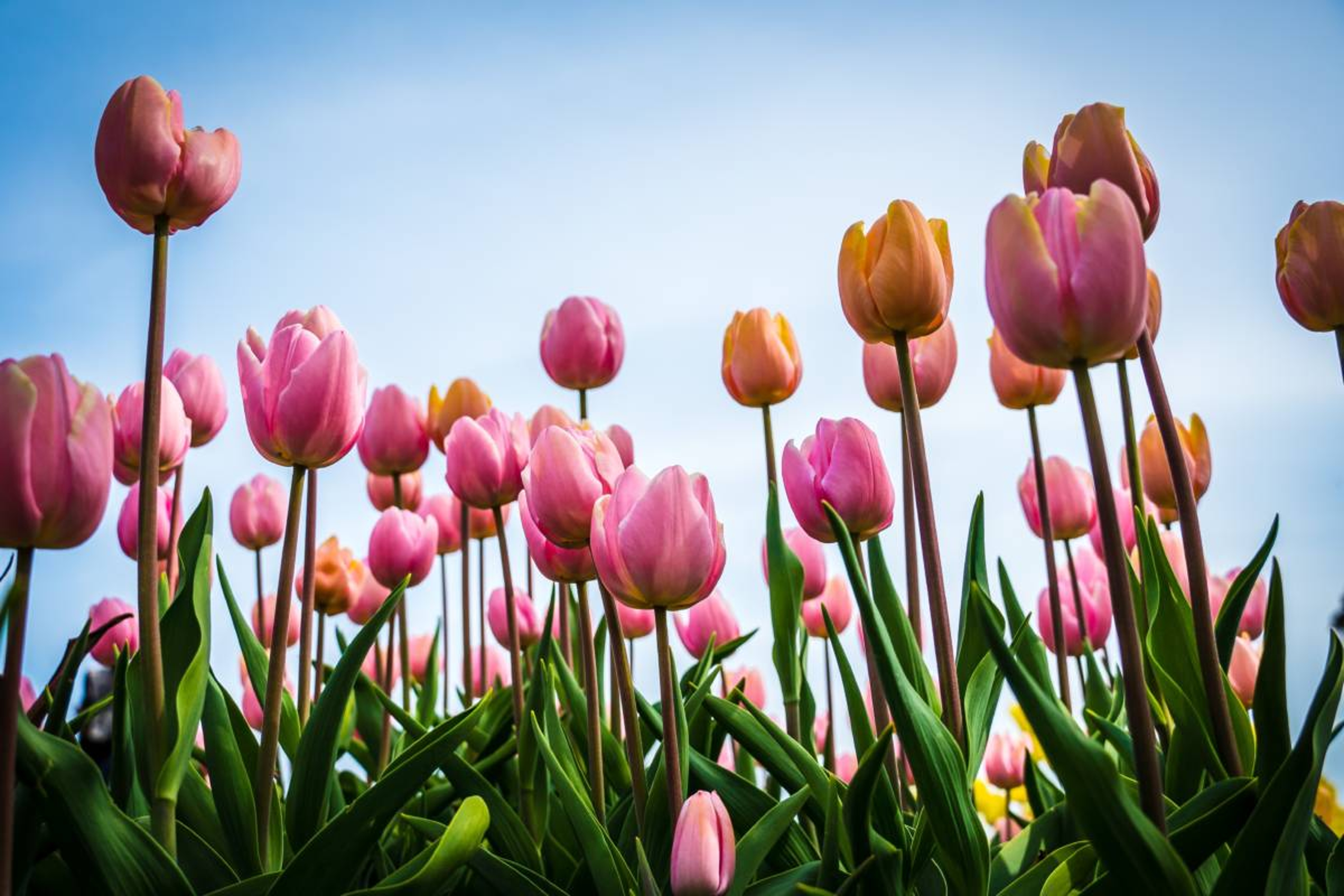
Nothing says “Congratulations” like a big bouquet of beautiful pink tulips. Whether you’re celebrating a job promotion, the birth of a new baby, or college graduation, pink tulips send good luck and well wishes to anyone receiving them.
Blue tulips
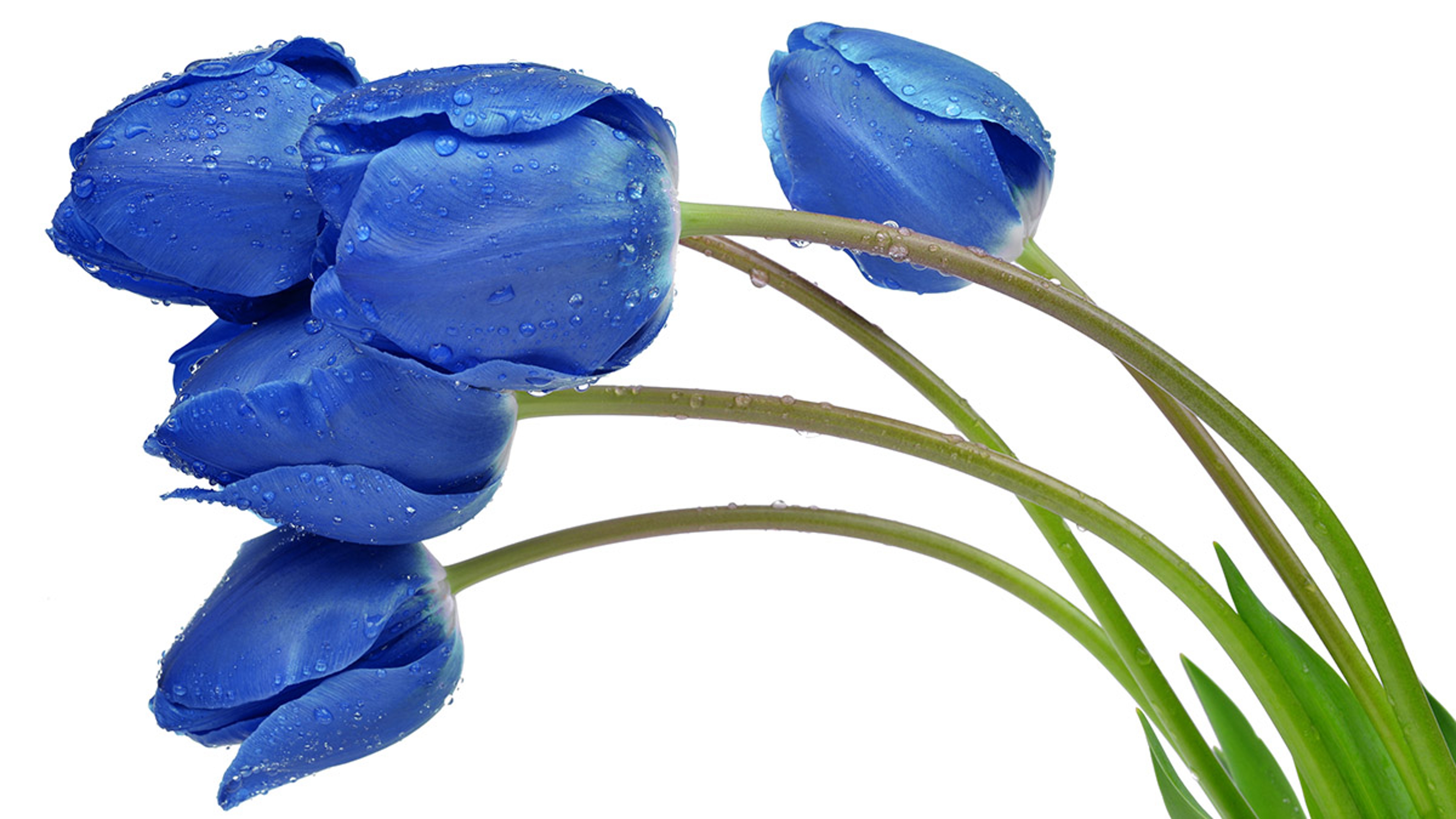
The man, the myth, the legend — yup, we’re talking about blue tulips! What makes tulips truly unique is that they are one of the few flowers that come in virtually every color. But, surprisingly, “true blue” is one of the few colors that has remained absent from tulip’s impressive color palette. Recently, a couple of clever plant breeders were able to create some of the first blue tulips. Because they are one of a kind, blue tulips represent individuality and uniqueness.








